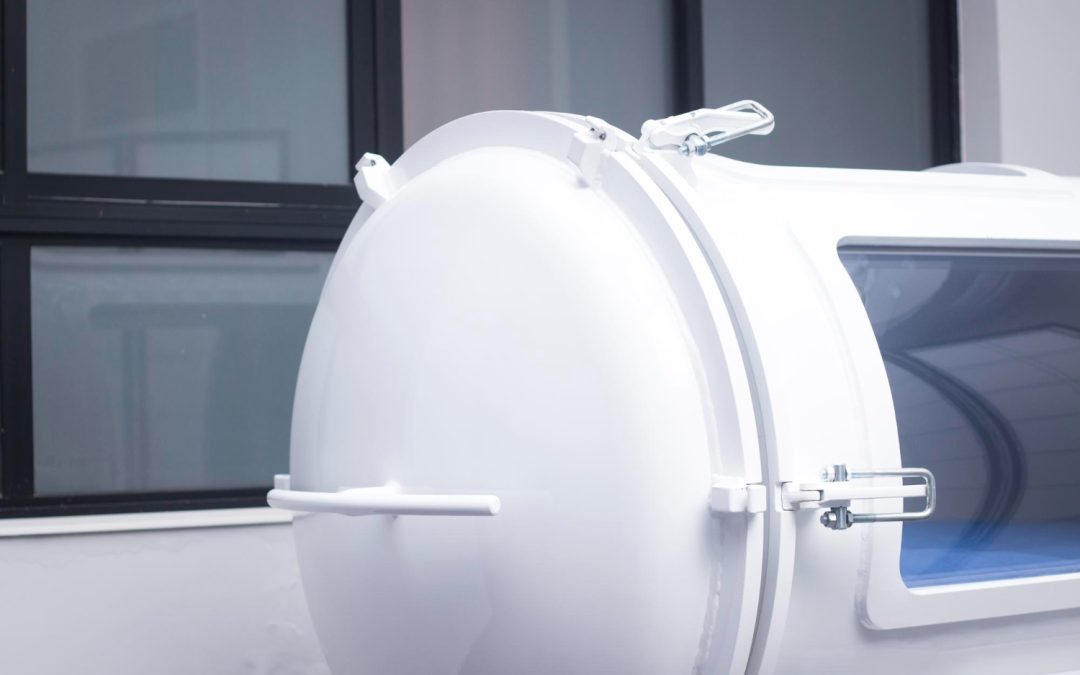Imagine a treatment that uses pure oxygen to help the body heal faster and tackle health issues more effectively. That’s exactly what hyperbaric oxygen therapy (HBOT) offers. This therapy is gaining attention not only from doctors but also from people looking to speed up their recovery or improve their overall health. The treatment involves breathing pure oxygen in a pressurized room or chamber, enhancing the body’s natural ability to heal. More and more people are curious about how it works and whether it could help them.
People often have many questions when they first hear about HBOT. Understandably, the idea of sitting in a special chamber and breathing pure oxygen can seem a little different from other treatments. This article aims to answer some common questions about hyperbaric oxygen therapy treatment. Whether you’re considering it for yourself or someone you care about, learning more can help guide your decision.
What Is Hyperbaric Oxygen Therapy?
Hyperbaric oxygen therapy is a type of treatment where patients breathe in pure oxygen in an environment where the air pressure is increased. Think of this chamber like climbing inside a space where the air is thicker than normal, allowing more oxygen to reach parts of the body that need it most. This approach can help speed up the healing process and improve the effectiveness of other medical treatments.
When you go for an HBOT session, you can expect to relax in a comfortable chamber. An expert will guide you through each step, ensuring you’re safe and comfortable. During the session, the pressure will gradually increase, similar to how it feels when flying high in an airplane. The extra oxygen helps to tackle various health issues like stubborn wounds, infections, and even carbon monoxide poisoning.
Here’s a quick look at some conditions HBOT can help with:
- Non-healing Wounds: Conditions like diabetic ulcers and surgical wounds often benefit from this therapy.
- Infections: It helps by delivering more oxygen to tissue, making it easier for your body to fight off bacteria.
- Carbon Monoxide Poisoning: HBOT assists in removing carbon monoxide quickly from your body.
- Decompression Sickness: For divers who surface too painfully fast, it helps in recovery.
How Does HBOT Work?
The science behind HBOT might sound complex, but it’s all about air pressure and oxygen. In a normal setting, your body gets oxygen through normal breathing. With HBOT, you’re placed in a chamber where the air pressure is higher. This pressure helps lungs gather more oxygen than they would under normal circumstances. As this oxygen enters the bloodstream, it reaches tissues that might be starved of oxygen due to illness or injury.
By improving oxygen delivery to affected areas, HBOT helps the body jumpstart the healing process. For example, oxygen-rich blood can reduce swelling and promote new tissue growth. This can be especially helpful for wounds or injuries that are slow to heal.
Generally, an HBOT treatment plan involves a series of sessions. The number of sessions you might need depends on your individual condition and how you respond to therapy. For some, a couple of sessions might suffice, while others may require more for maximum benefit. The treatment is monitored closely to ensure progress and adjust as needed.
Understanding how HBOT works gives comfort in knowing there’s a scientific basis to this transformative healing process. As more people turn to this treatment, knowing its workings makes it a more reassuring option.
Is Hyperbaric Oxygen Therapy Safe?
When considering a treatment like hyperbaric oxygen therapy, safety is a common concern. Rest assured, HBOT has a solid safety record. Medical professionals closely follow procedures to make sure the therapy is safe and effective for patients. The key is professional supervision throughout the entire process. Experts monitor the pressure levels and make any necessary adjustments to ensure a patient’s comfort and safety.
Now, you might wonder about side effects. While most people tolerate the treatment well, some may experience minor changes. These can include mild ear pressure, similar to what you might feel during a flight. Healthcare providers take these possibilities into account, carefully managing any symptoms that arise to keep patients relaxed and informed.
Understanding these safety measures helps put minds at ease. HBOT is typically administered in a controlled environment with medical guidelines that protect patients. By knowing the risks as well as the precautions in place, you can feel more confident about choosing this path to support your healing journey.
What Are the Benefits of HBOT?
HBOT offers numerous health benefits that make it a go-to option for various conditions. One of the notable advantages is its ability to improve oxygenation in the body, which can lead to faster recovery times. This can be particularly helpful for patients dealing with chronic wounds or those recovering from surgeries. Enhanced oxygen levels support the body’s natural healing process, leading to improved outcomes.
Aside from physical healing, some patients report feeling more energetic after treatments. The enriched oxygen can boost energy levels and overall well-being, making everyday activities more manageable. Patients have shared positive stories of improved life quality, finding new ways to enjoy activities they love.
When compared to other treatments, HBOT stands out for its non-invasive nature and ability to work alongside different therapies. This compatibility makes it an appealing choice for those who might need a comprehensive approach to their healthcare.
Who Can Benefit from HBOT?
Hyperbaric oxygen therapy can be beneficial for a variety of people dealing with specific medical conditions. It’s particularly useful for those with:
- Chronic Wounds: People with wounds that struggle to heal might find accelerated recovery with HBOT.
- Infections: Those facing resistant infections can benefit from the increased oxygen supply that enhances the body’s defense systems.
- Recovery Needs: Individuals recovering from surgical procedures may discover that HBOT speeds up healing and reduces postoperative complications.
Special cases often arise where HBOT acts as a supportive tool. For example, someone recovering from carbon monoxide exposure can experience quicker recovery with the help of this therapy. Evaluating personal health needs with a healthcare professional can help determine if HBOT is a suitable option for addressing specific health concerns.
Summing Up Your HBOT Queries
Exploring hyperbaric oxygen therapy can be a significant step toward better health. Throughout this discussion, we’ve touched on essential aspects of HBOT—what it is, how it functions, and why it’s safe. By understanding these elements, you can better assess whether this therapy aligns with your health goals.
Ultimately, learning about HBOT opens up opportunities for informed decisions. Consulting with a healthcare provider is the best way to customize an approach that suits individual needs. Hyperbaric oxygen therapy offers a promising avenue for enhanced healing and recovery, adding a valuable option to your health management toolkit.
Discovering more about hyperbaric oxygen therapy can provide clarity and guide your health decisions. If you’re curious about how it could assist with your specific condition, consider reading about the various applications of a hyperbaric oxygen therapy treatment. Founding Fathers Hyperbarics offers information and support to help you explore this promising treatment option further.

